If you’ve ever found yourself daydreaming about scaling the world’s tallest peaks, you’re not alone. Mountains have long beckoned thrill-seekers with promises of adventure, self-discovery, and Instagram-worthy views. But just as the allure of these towering giants is undeniable, so too is the danger they represent. For some climbers, the quest for adrenaline and glory ends in tragedy. Here’s a look at 10 extreme climbers who took one risk too many and paid the ultimate price.
1. Rob Hall
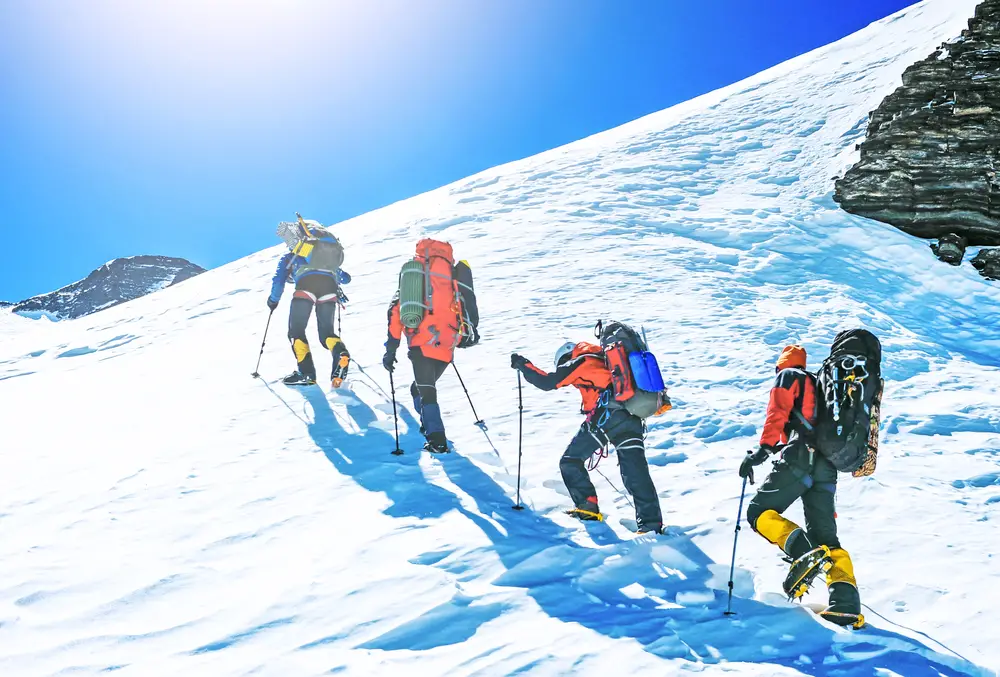
Rob Hall, a seasoned mountaineer from New Zealand, became a household name after his ill-fated Everest expedition in 1996. Leading a group of clients to the summit, Hall’s team was caught in a deadly storm. According to National Geographic, Hall’s heroic efforts to assist another climber ultimately cost him his life. His last radio communication, a heart-wrenching farewell to his wife, remains a poignant reminder of the risks involved in high-altitude climbing.
Hall’s story was immortalized in the book “Into Thin Air” by Jon Krakauer, which detailed the harrowing events of that day. Despite his experience and expertise, Hall’s adherence to a strict summit schedule proved fatal in the face of unpredictable weather. His tragic end highlights the thin line between ambition and safety on the world’s tallest peak. Hall’s legacy lives on, serving as both an inspiration and a cautionary tale for climbers worldwide.
2. Ueli Steck
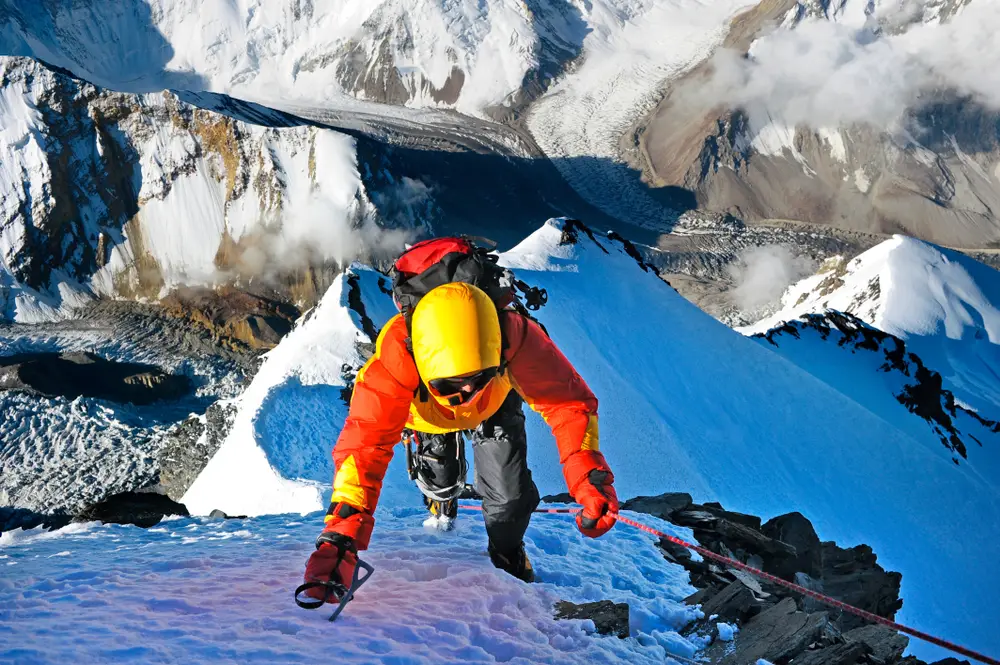
Dubbed the “Swiss Machine,” Ueli Steck was renowned for his speed and precision in climbing. His feats included record-breaking ascents and solo climbs that pushed the boundaries of what was thought possible. In 2017, Steck perished while training for an ambitious traverse of Everest and Lhotse. The accident, which occurred during a solo acclimatization climb on Nuptse, cut short the life of one of the sport’s most innovative figures.
Steck’s approach to climbing was both admired and debated within the community. While his speed-climbing records were awe-inspiring, some critics questioned the safety of his methods. Steck’s untimely death served as a stark reminder of the inherent risks of high-altitude mountaineering, even for the most skilled athletes. His influence, however, continues to inspire climbers to push the limits of their capabilities.
3. George Mallory
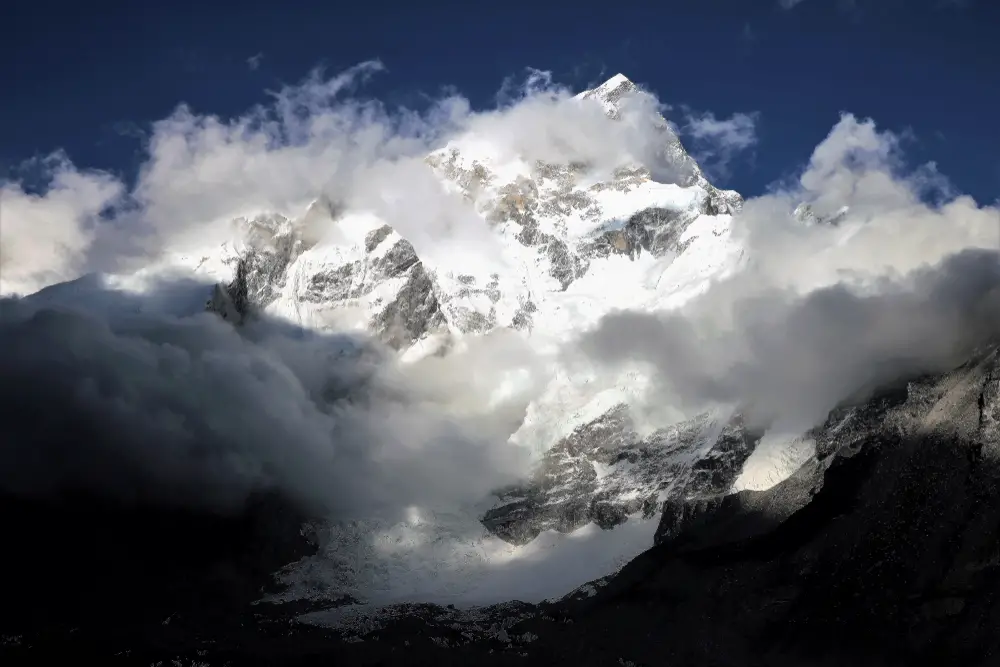
George Mallory is perhaps the most famous name in mountaineering history, yet his ultimate fate on Everest remains shrouded in mystery. In 1924, during his third attempt to conquer the mountain, Mallory and his climbing partner, Andrew Irvine, disappeared in the mists of the North Face. It wasn’t until 1999 that Mallory’s body was discovered by an expedition, as reported in The Guardian, but the question of whether he reached the summit before his death remains unanswered.
Mallory’s famous response to why he wanted to climb Everest—”Because it’s there”—captures the spirit of adventure that continues to draw climbers to the Himalayas. Despite the uncertainty surrounding his final climb, Mallory’s legacy is cemented as a pioneer of modern mountaineering. His story serves as a reminder of the enduring human quest to explore the unknown. Mallory’s life and disappearance continue to intrigue and inspire those who dream of scaling great heights.
4. Alison Hargreaves
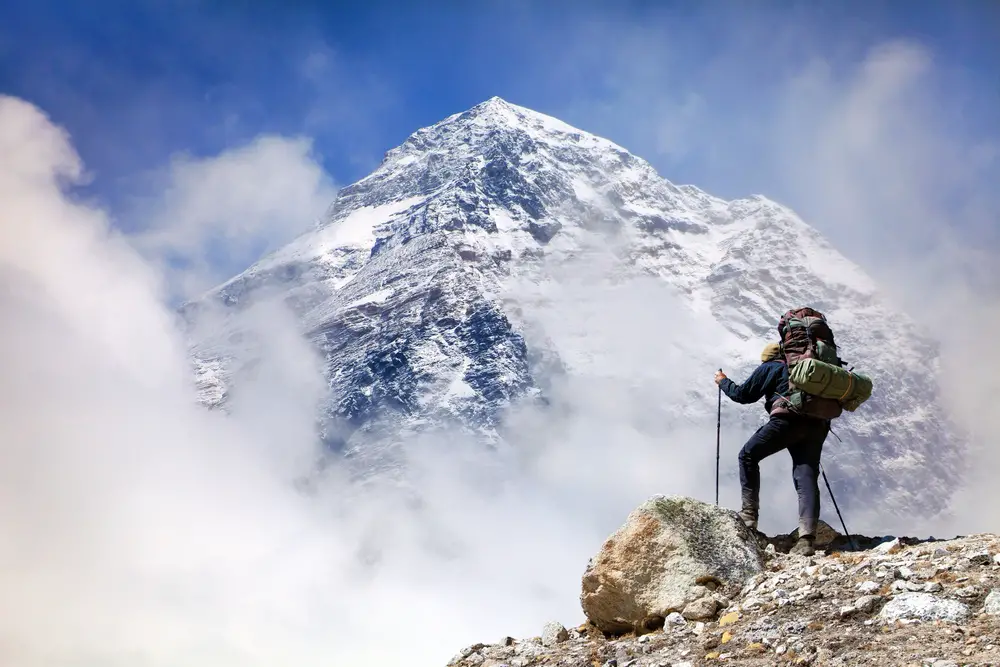
British climber Alison Hargreaves made history as the first woman to summit Everest without supplementary oxygen or Sherpa support. Her fearlessness and determination were unmatched, as evidenced by her solo ascent of all six major north faces in the Alps. Tragically, Hargreaves’s life was cut short during her descent from K2 in 1995, when an unexpected storm claimed her life. Despite the tragedy, Hargreaves’s accomplishments remain a testament to her skill and tenacity.
Her journey as a climber was not without controversy, as some criticized her for pursuing dangerous expeditions while being a mother. Yet, Hargreaves believed in living life to the fullest, embracing the challenges of the mountains despite the risks. Her untimely death on K2, often considered the most dangerous mountain in the world, underscores the perilous nature of high-altitude climbing.
5. Scott Fischer
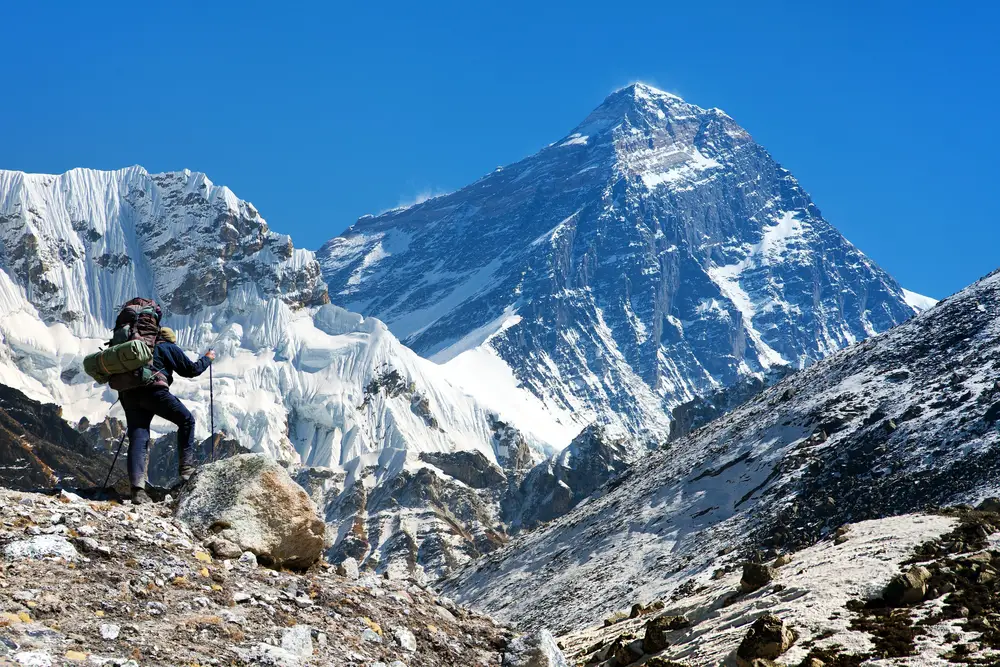
Scott Fischer was a charismatic mountaineer and guide known for his infectious enthusiasm and love of high-altitude challenges. Leading a commercial expedition on Everest in 1996, Fischer’s team faced treacherous conditions that culminated in disaster. His death, occurring during the same storm that claimed Rob Hall, was a devastating blow to the climbing community. Fischer’s story is also recounted in Jon Krakauer’s “Into Thin Air,” adding a layer of complexity to the tragic events.
Fischer was a pioneering figure in the world of commercial climbing, advocating for responsible and ethical guiding practices. His death raised important questions about the commercialization of high-altitude expeditions and the pressures faced by guides. Despite the tragedy, Fischer’s spirit of adventure and passion for climbing left a lasting impact. His life serves as a reminder of the inherent risks in pursuing one’s dreams, regardless of experience or expertise.
6. Anatoli Boukreev
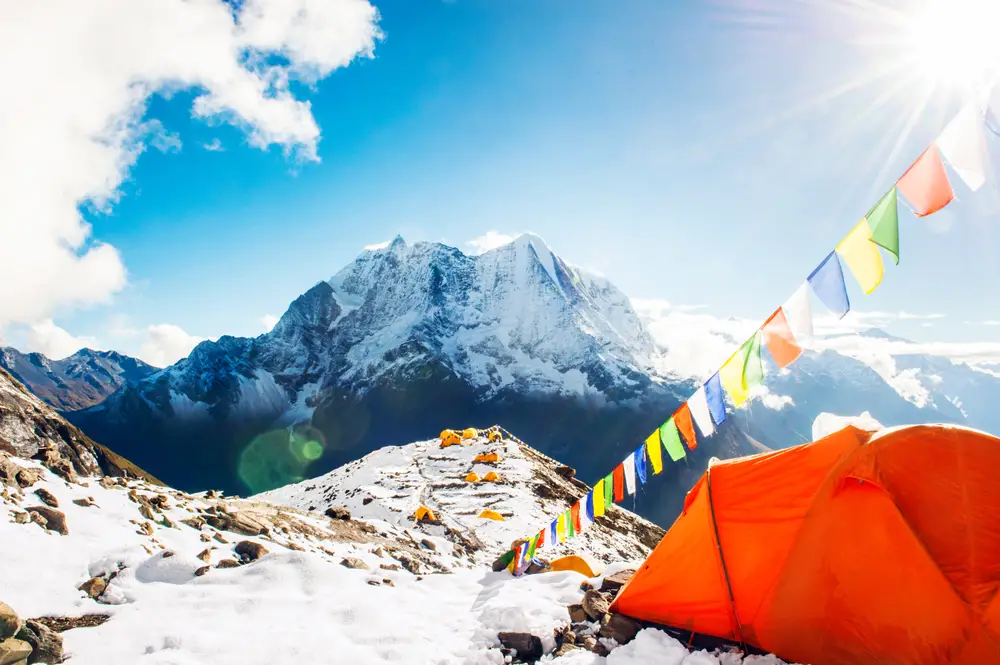
Anatoli Boukreev was a Russian climber known for his incredible high-altitude endurance and minimalist approach. His role in the 1996 Everest disaster remains controversial, as he successfully descended the mountain and returned to rescue other climbers during the storm. Despite his heroics, Boukreev faced criticism for climbing without supplementary oxygen and for his guiding decisions. Tragically, his life ended in an avalanche on Annapurna in 1997.
Boukreev’s climbing philosophy revolved around self-reliance and pushing the boundaries of human endurance. He was a formidable figure in the mountaineering world, respected for his skill and experience. His death on Annapurna, one of the most dangerous peaks, highlighted the unpredictability of nature’s forces. Boukreev’s legacy as both a hero and a subject of debate endures, shaping discussions on climbing ethics and safety.
7. Alex Lowe

Considered one of the best climbers of his generation, Alex Lowe was known for his boundless energy and technical proficiency. His adventurous spirit took him to challenging peaks and remote locations worldwide. In 1999, Lowe was killed in an avalanche on Shishapangma in Tibet, alongside cameraman David Bridges. The tragedy sent shockwaves through the climbing community, as Lowe’s loss was deeply felt by fellow climbers and admirers.
Lowe’s approach to climbing was marked by a desire to explore the unknown, often seeking out new routes and bold challenges. His untimely death underscored the inherent risks of high-altitude expeditions, even for the most seasoned climbers. Lowe’s legacy lives on through the Alex Lowe Charitable Foundation, which supports the families of climbers and promotes education in underserved mountain regions. His life and passion continue to inspire future generations of mountaineers.
8. John Bachar
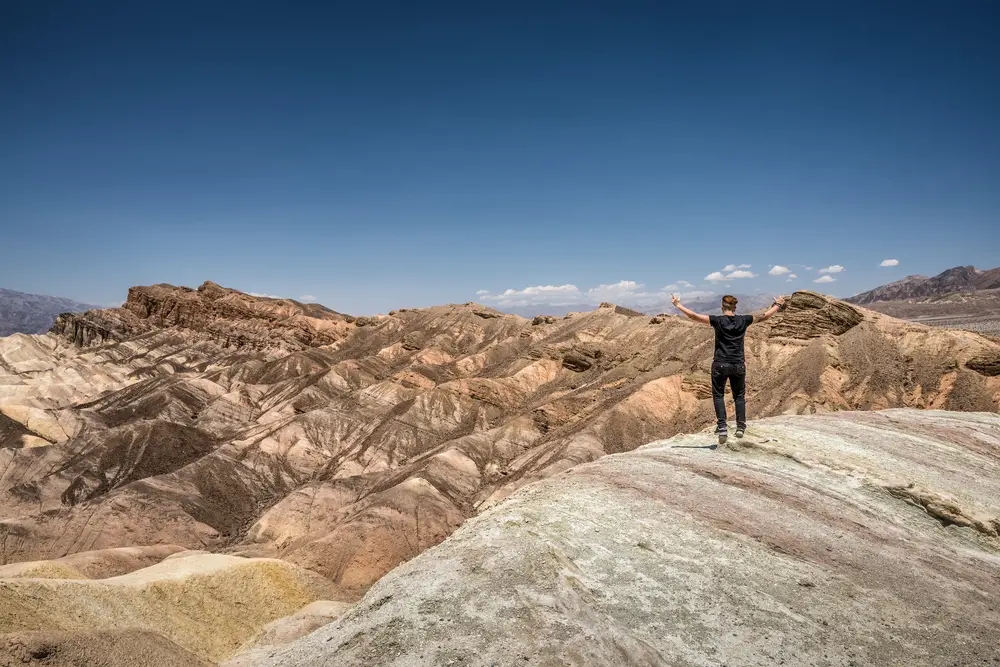
John Bachar was a legendary figure in the world of free solo climbing, known for his daring ascents without ropes or safety gear. His commitment to the purity of climbing often led him to tackle routes others deemed too dangerous. Tragically, Bachar’s life was cut short in 2009 when he fell while climbing alone in Mammoth Lakes, California. His passing marked the end of an era for the free solo community.
Bachar’s influence on climbing culture was profound, as he pushed the boundaries of what was possible without safety equipment. His philosophy emphasized a deep connection with the rock and the environment, a sentiment shared by many climbers who followed in his footsteps. Bachar’s death served as a stark reminder of the risks inherent in free solo climbing. Despite the dangers, his legacy continues to inspire climbers to pursue their own paths with courage and dedication.
9. Jerzy Kukuczka
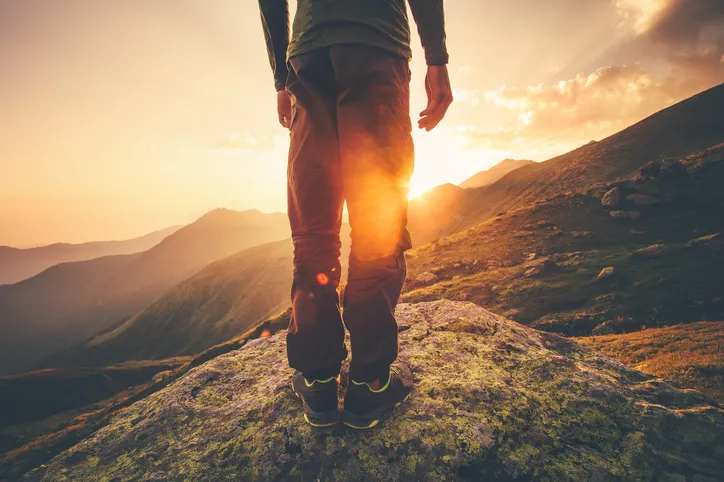
Polish climber Jerzy Kukuczka was a force to be reckoned with in the world of high-altitude mountaineering. Known for his relentless drive, Kukuczka became the second person ever to summit all 14 eight-thousanders. His death came in 1989 while attempting a new route on Lhotse, when a rope snapped, sending him falling to his demise. Kukuczka’s achievements in the Himalayas remain legendary, characterized by his bold and unconventional style.
Kukuczka’s approach to climbing was defined by his minimalistic gear and emphasis on exploration. His ability to endure harsh conditions and push the limits of human endurance set him apart as one of the greatest climbers of all time. Kukuczka’s passing was a significant loss to the climbing community, as he exemplified the spirit of adventure that drives mountaineers to seek new challenges. His legacy endures, inspiring climbers to embrace the thrill of the unknown.
10. Wanda Rutkiewicz
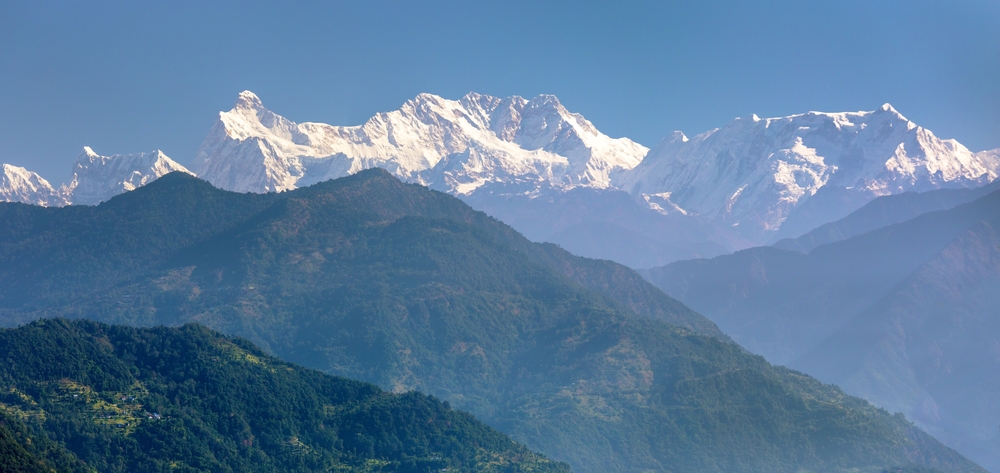
Wanda Rutkiewicz was a trailblazer for women in mountaineering, known for her pioneering ascents and fierce determination. She became the first woman to successfully summit K2 and the third to reach the top of Everest. Tragically, Rutkiewicz disappeared in 1992 while attempting to climb Kangchenjunga, her body never recovered. Her loss was a significant blow to the climbing community, as she was a symbol of strength and perseverance for women climbers.
Rutkiewicz’s impact on the sport was profound, as she broke barriers and challenged gender norms in the male-dominated world of mountaineering. Her fearless approach to climbing inspired countless women to pursue their dreams in the mountains. Despite the tragedy of her disappearance, Rutkiewicz’s legacy continues to empower climbers to push beyond societal expectations. Her story is a testament to the enduring spirit of adventure and the risks that come with it.
